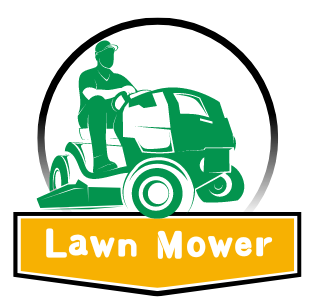One of the worst parts of summer is going outside and seeing that your once-great-looking lawn is now struggling to survive in the scorching heat.
Keeping your lawn lush and green during the peak of summer can be a challenge. However, avoiding some common mistakes can make a significant difference.
In this article, we’ll discuss 5 things you should never do to your lawn during the hot summer months. These tips will help you maintain a healthy, thriving lawn all season long.
Things You Should Never Do to Your Lawn
1) Avoid watering your lawn during the hottest parts of the day

Watering your lawn during the hottest parts of the day is a big mistake. The main reason to avoid this is to reduce water loss from evaporation.
If you water your lawn between 10 AM and 4 PM, the high temperatures and direct sunlight make the water evaporate quickly from the grass and soil. This means the water doesn’t reach the roots, where the grass needs it most.
Best Practices
To keep your lawn healthy and hydrated, water it during the cooler parts of the day, like early morning or late evening. Here’s why:
Early Morning Watering
Watering your lawn early in the morning, between 4 AM and 10 AM, reduces water loss from evaporation. The temperatures are cooler, and there’s less direct sunlight, so the water can soak deeper into the soil and reach the roots. Also, watering in the morning helps prevent disease since the grass has time to dry during the day.
2) Do not put black dirt on dormant grass
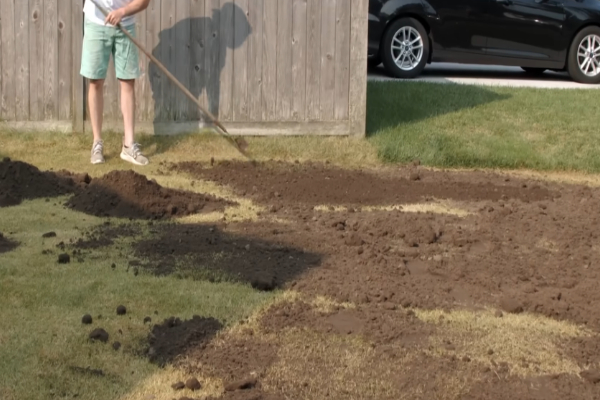
When your grass looks brown and inactive, it’s not dead—it’s just dormant. Grass goes dormant to save energy during extreme heat or drought. Adding black dirt to dormant grass is a common mistake that can cause harm.
Proper Care During Dormancy
Instead of using black dirt, focus on good lawn care to help your grass survive dormancy and recover quickly when conditions improve.
Hydration: Make sure your lawn gets enough water, especially during long dry periods. But don’t overwater, as this can cause root rot.
Shade and Protection: Use shade cloths or temporary shelters to protect the grass from the harsh midday sun.
Aeration: Aerate your lawn to reduce soil compaction and help roots access water and nutrients more easily.
Common Misconceptions
Misconception
Black dirt will revive dormant grass.
Reality
Dormant grass is not in need of nutrients from black dirt. It simply requires favorable conditions to come out of dormancy.
Misconception
Adding black dirt helps with water retention.
Reality
While black dirt can retain moisture, it can also smother dormant grass, preventing it from accessing sunlight and air.
3) Do not cut your grass too short
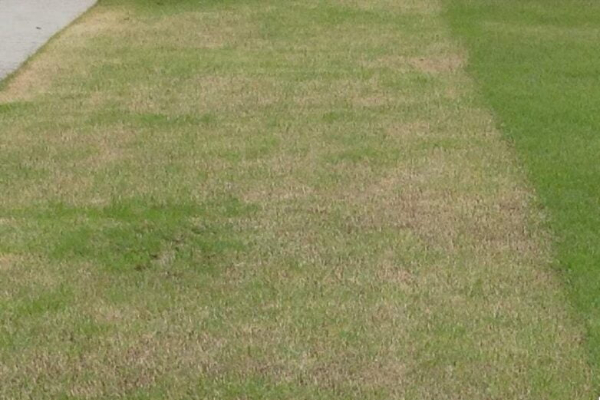
Cutting your lawn too short, especially in extreme heat, is a big mistake. Short grass blades expose the soil to direct sunlight, which increases water evaporation and stresses the grass.
Effects of Cutting Grass Too Short
Heat Stress: Short grass is more likely to suffer from heat stress, causing brown patches and weak plants.
Weed Growth: Cutting grass too short gives weeds a chance to take root and spread because the grass can’t compete as well.
Pest Infestations: Pests are more likely to invade stressed lawns, causing even more damage.
Mowing Myths
Myth: Shorter grass requires less mowing.
- Fact: While it might seem that way, shorter grass is more prone to stress and damage, which can result in more frequent issues to address.
Myth: Cutting grass shorter makes it grow faster.
- Fact: Cutting grass too short can actually stunt its growth and make it more susceptible to stress and disease.
4) Do not mow in extreme heat
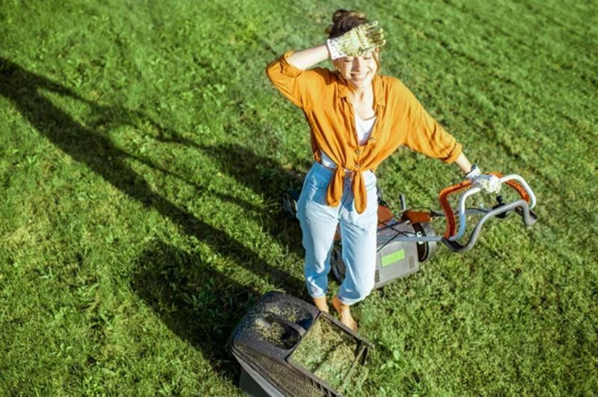
Mowing your lawn during the hottest times of the day can make things worse for your grass, which is already struggling with heat stress. High temperatures and the weight of the mower can cause damage like tire marks and cutting too low.
Best Practices
To keep your lawn healthy and avoid damage:
Early Morning or Late Evening: Mow your lawn when it’s cooler, like early morning or late evening. This helps reduce stress on the grass and lets it recover faster.
Sharp Blades: Use sharp mower blades for clean cuts. This prevents tearing the grass and keeps it healthier.
5) Do not use herbicides in extreme heat
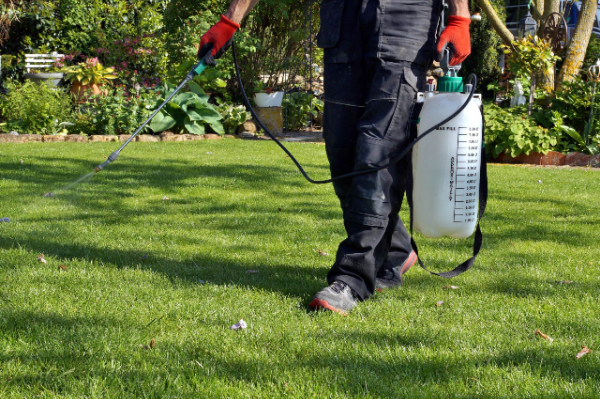
Using herbicides when it’s very hot can hurt not just the weeds but also your grass. High temperatures can make herbicides stronger, which might harm the grass that’s already stressed from the heat.
Best Practices
Evening Application: Apply herbicides in the evening when it’s cooler. This lets the weeds soak up the herbicide overnight, lowering the risk of harming your grass.
Monitor Weather: Don’t use herbicides when it’s hotter than 85 degrees Fahrenheit to avoid stressing your lawn even more.
Conclusion
By avoiding the common mistakes discussed in this article and following best practices, you can ensure your lawn remains healthy, green, and resilient even during the hottest months. Proper watering, mowing, and herbicide application, along with understanding the needs of dormant grass, will set you up for lawn care success.
